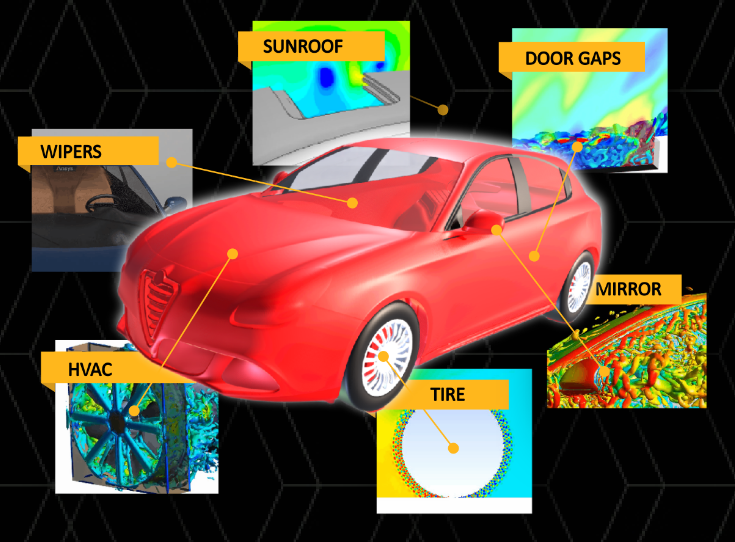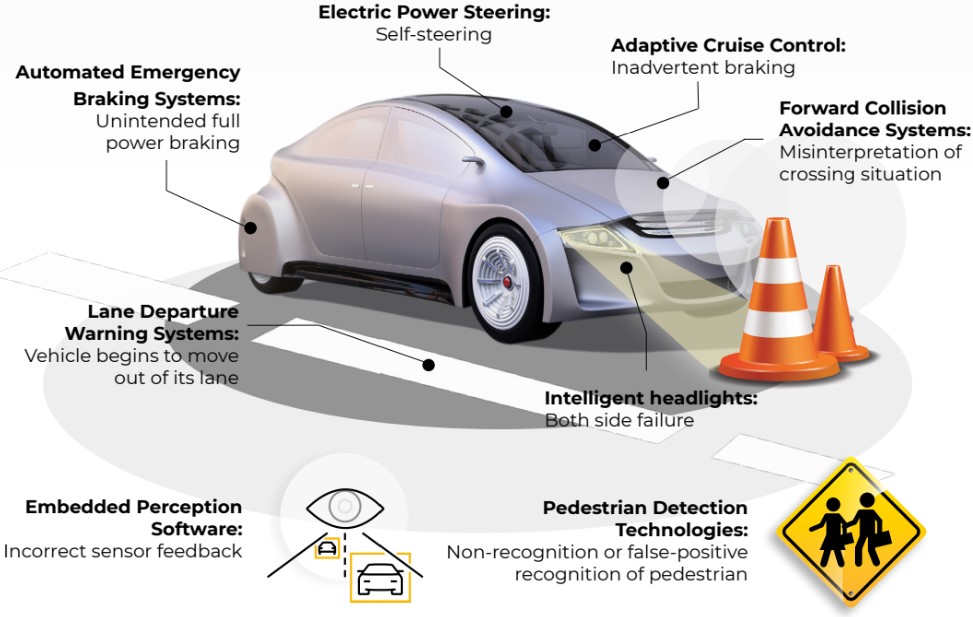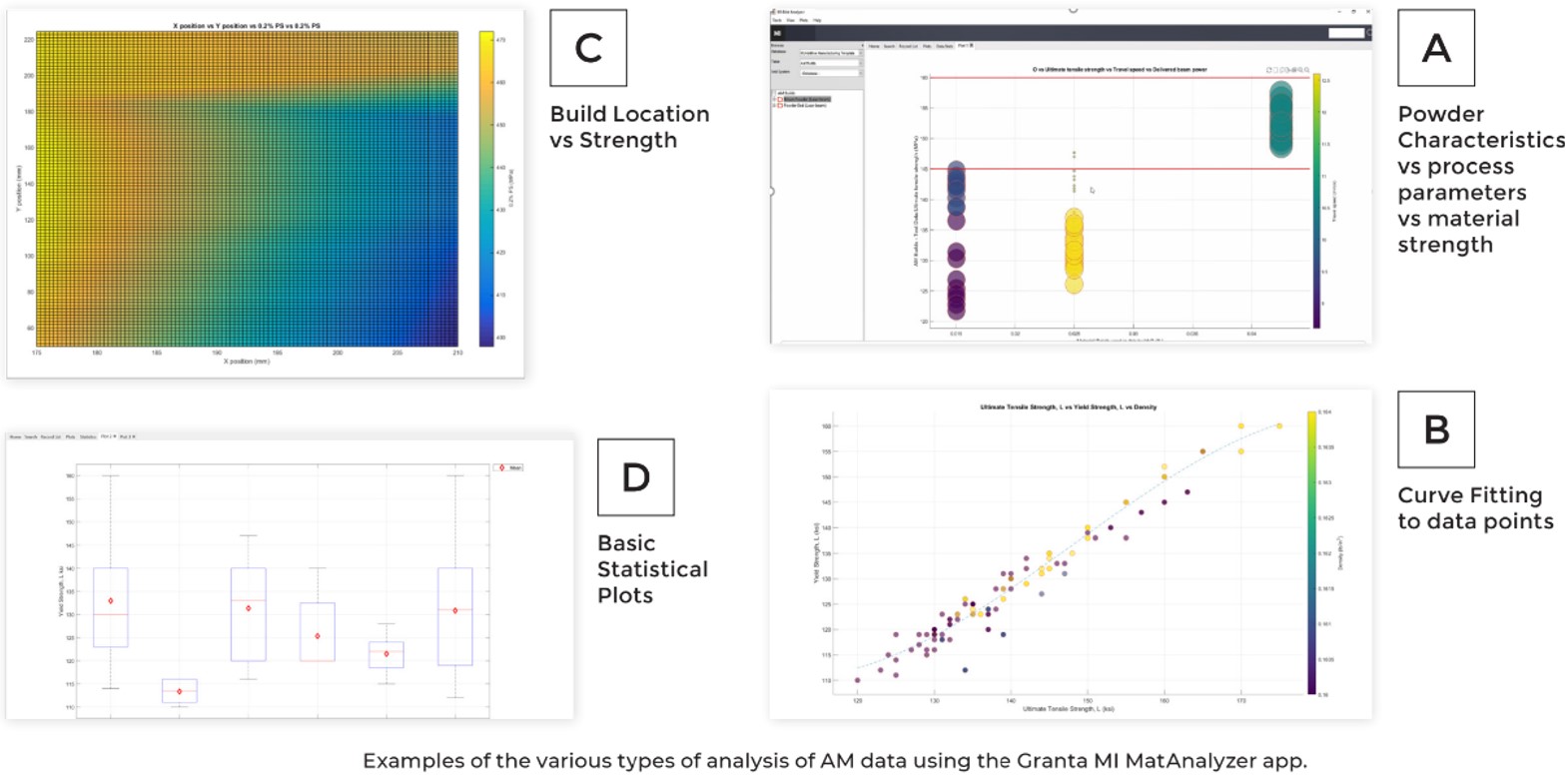ANSYS’ Sandeep Speaks on Enhanced Autonomous Vehicle Safety
Integration expedites the design of thermal camera systems, enhancing autonomous vehicle hazard recognition
As shared by ANSYS’ Sandeep Sovani in Munich at the Automotive Simulation World Conference, future assisted driving and autonomous vehicles will have better hazard detection capabilities thanks to a partnership between FLIR Systems and Ansys (NASDAQ: ANSS).
Objects in darkness, smog, bad weather, shadows, and sun glare cannot be reliably identified by current AV and advanced driver assistance systems (ADAS) sensors. However, in these circumstances, thermal cameras can efficiently detect and categorize things. Engineers will be able to replicate thousands of driving scenarios over millions of miles in a matter of days and eliminate physical prototyping by integrating FLIR Systems’ thermal sensor into Ansys VRXPERIENCE.
ANSYS’ Sandeep Speaks in Munich

Automatic Emergency Braking (AEB) in ADAS
Moreover, engineers can also mimic unusual and challenging situations where thermal excels, such as separating pedestrians from other road objects in low-contrast surroundings and spotting animal encounters.
By maximizing the location of thermal cameras for use with systems like automatic emergency braking (AEB) and within future autonomous vehicles (AVs) for the crucial component of pedestrian detection, the new ADAS solution will reduce OEMs’ development times.
Through integrating the state-of-the-art automotive thermal cameras from FLIR Systems with the sector-leading products from Ansys, it will be possible to identify road hazards four times farther than with conventional headlights.
This is a critical breakthrough as autonomous vehicle safety is a core concern for Ansys’ engineering teams.

Rapid ADAS Prototyping through Simulation
Additionally, ANSYS’ Sandeep points out, this enables engineers, automakers, and auto suppliers to quickly model and test a variety of situations decreases the need for real prototype testing, as well as the time and expense associated with development.
As a result, thermal technology is increasingly being used in car safety to help save lives and livelihoods.
Engineers, automakers, and automotive suppliers may ultimately increase the safety of vehicles in all kinds of driving situations by integrating ANSYS’ sector-leading simulation solutions into the current set of instruments for physical testing.
The industry may also simulate edge instances that motorists encounter frequently but that are challenging to replicate in real-world settings, enabling neural networks to function better and safety features like autonomous emergency braking to perform better (AEB).






